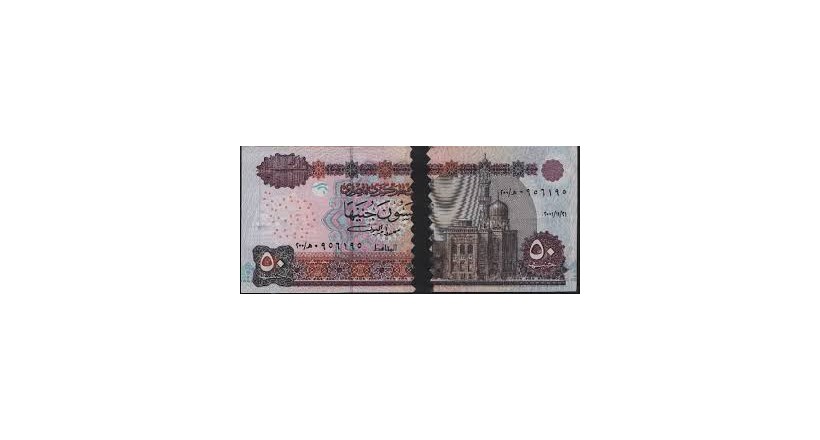. During the printing of paper money some papers might have mistakes or are not up to the standards so they are put aside and replaced by other papers previously prepared to fill the gaps resulting from putting some papers aside
Replacement notes were used in Egypt for the first time on th 6th of February 1967 that was in the Central Bank of Egypt's press parallel to the beginning of printing the banknotes in that press . At the beginning the Replaement note
had only a prefix without the adjacent number so the replacement note of the 25 piastres bill had the letter ( ح ) that of the 50 piastres had the letter ( خ ) that of the 1 pound had a ( د ) that of 5 pounds had a (ذ ) and of the 10 pound had a ( ر )
(ل/By the time a number ( 100 or its multipled ) was added to the letter . The new 1 pound bill has replacements notes bearing the following prefixes consecutively (ل ) then (200/ل ) then (300/ل ) then (400/ل ) then (500
The highest serisl number in the modern issues is 9999999 added to it one replacement note so the number reaches 10 millions . The collector usually seeks to have all the replacements as they are very remarkable compared to their standard counterparts




